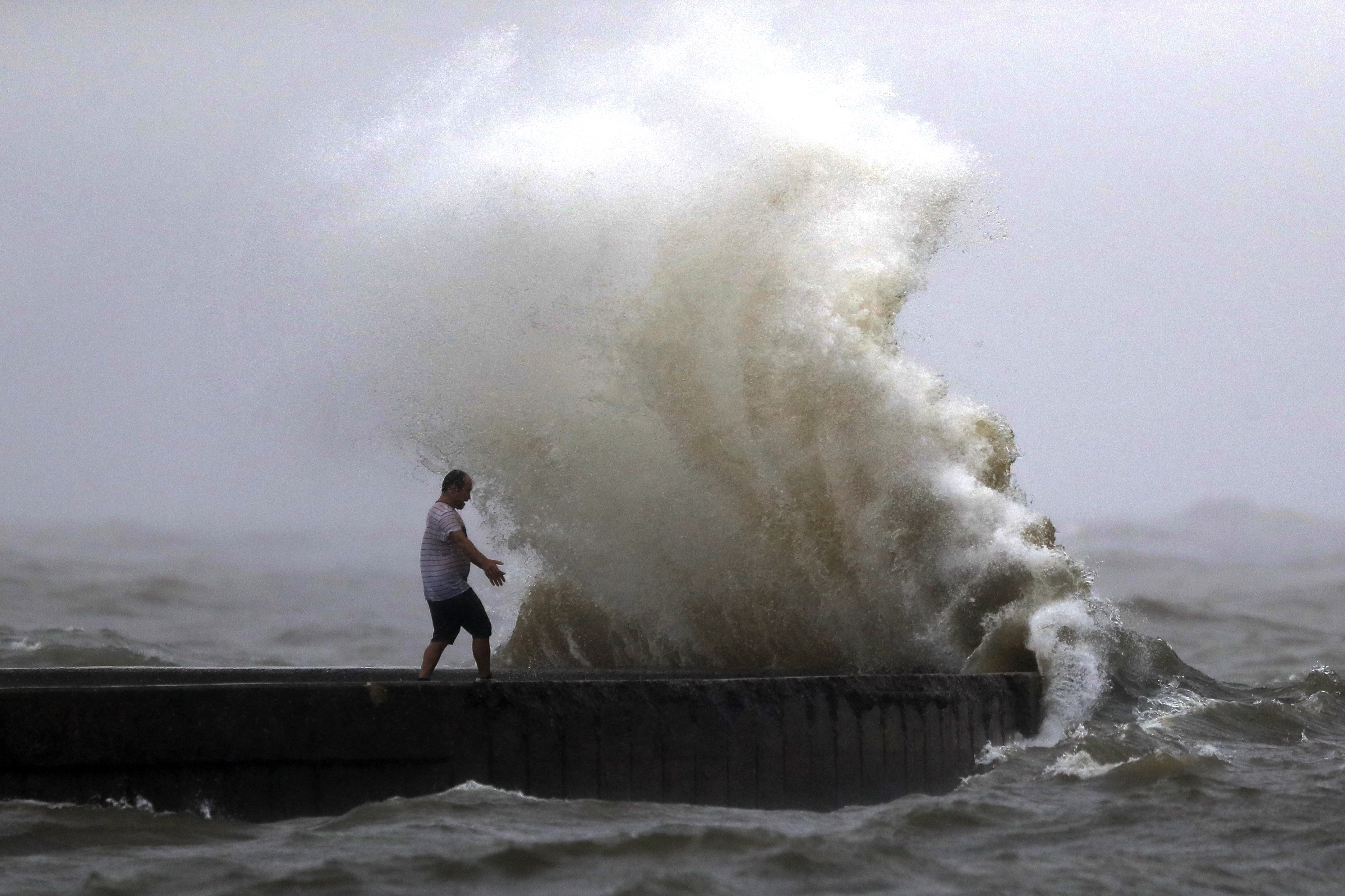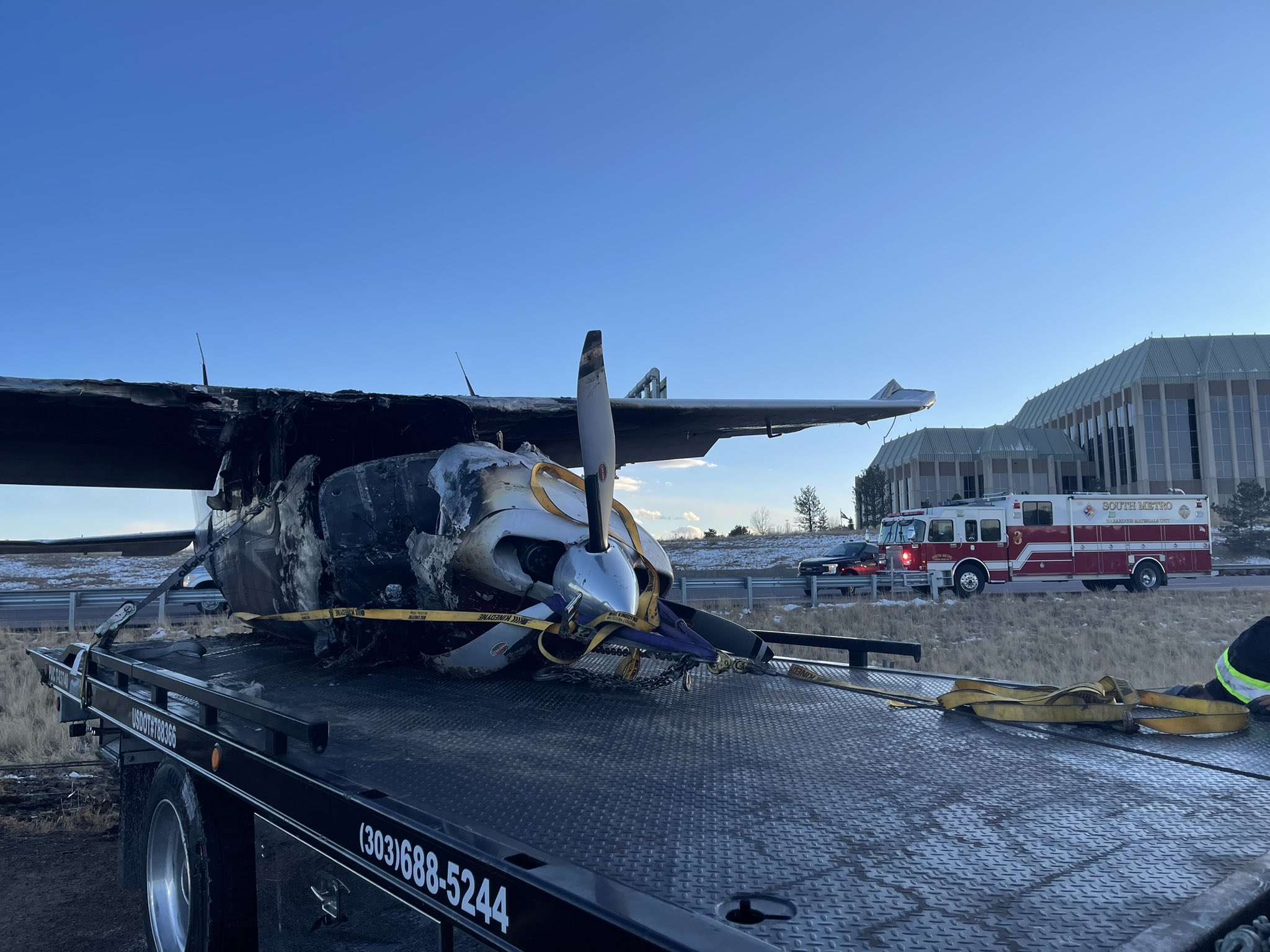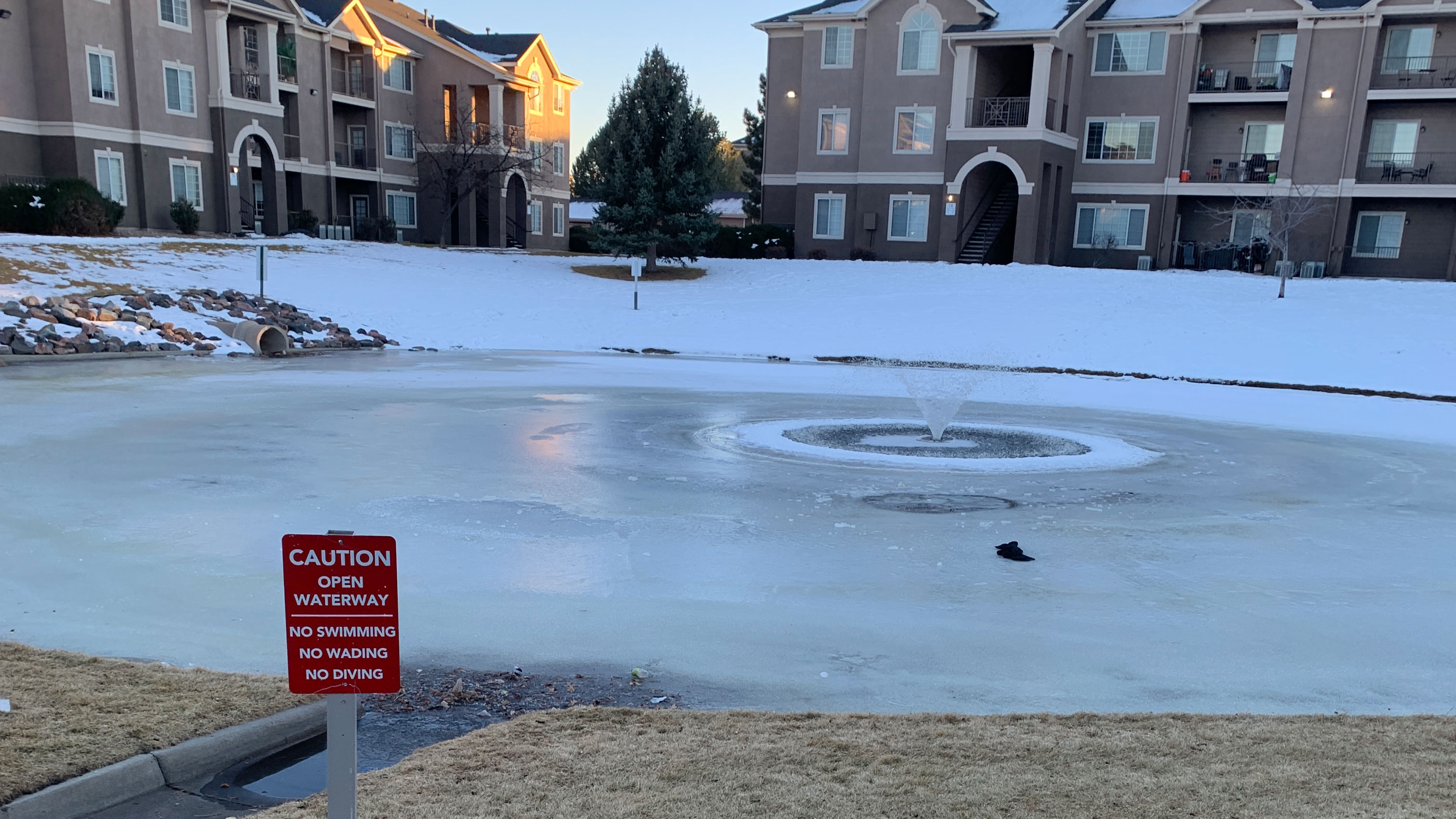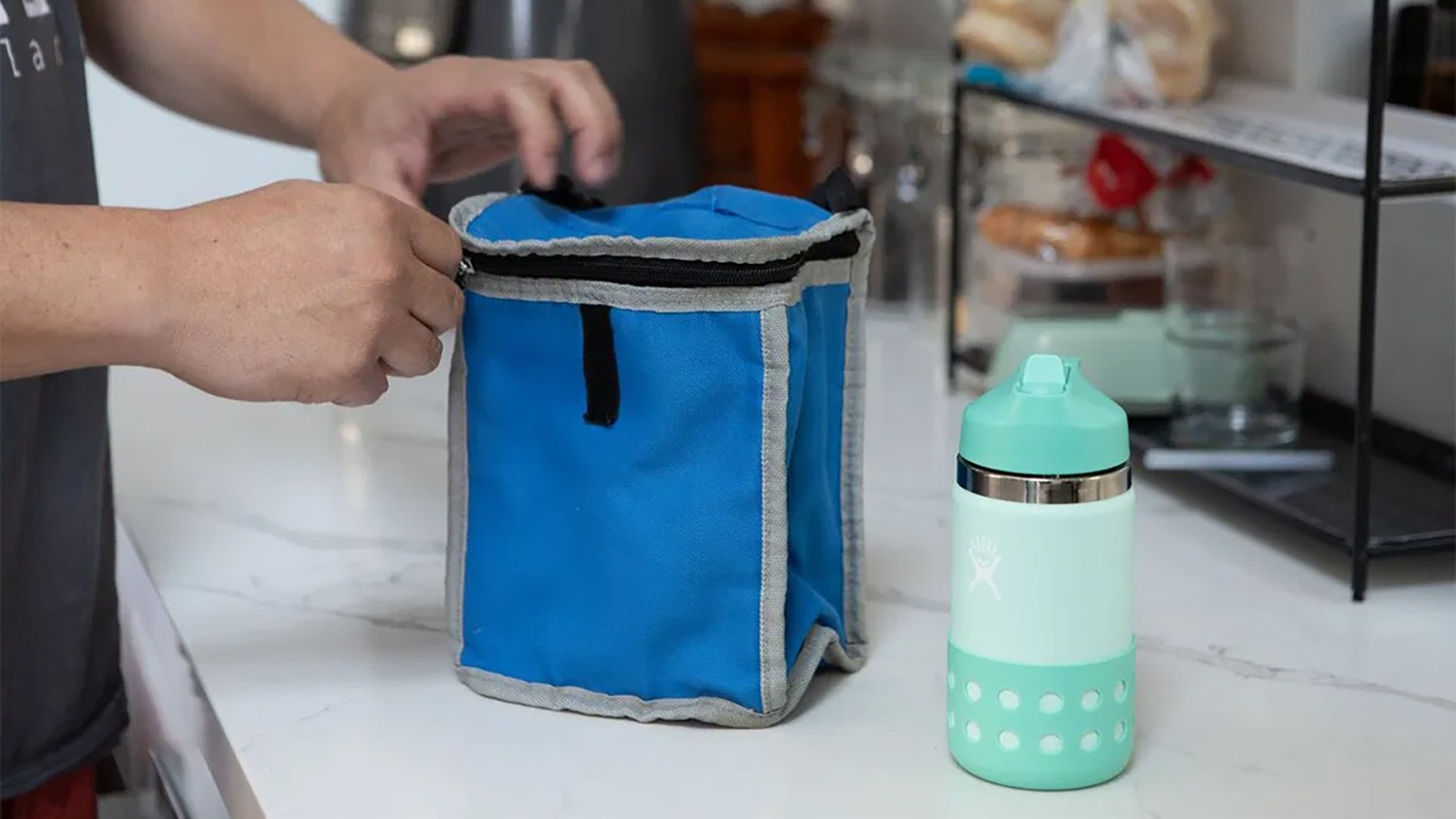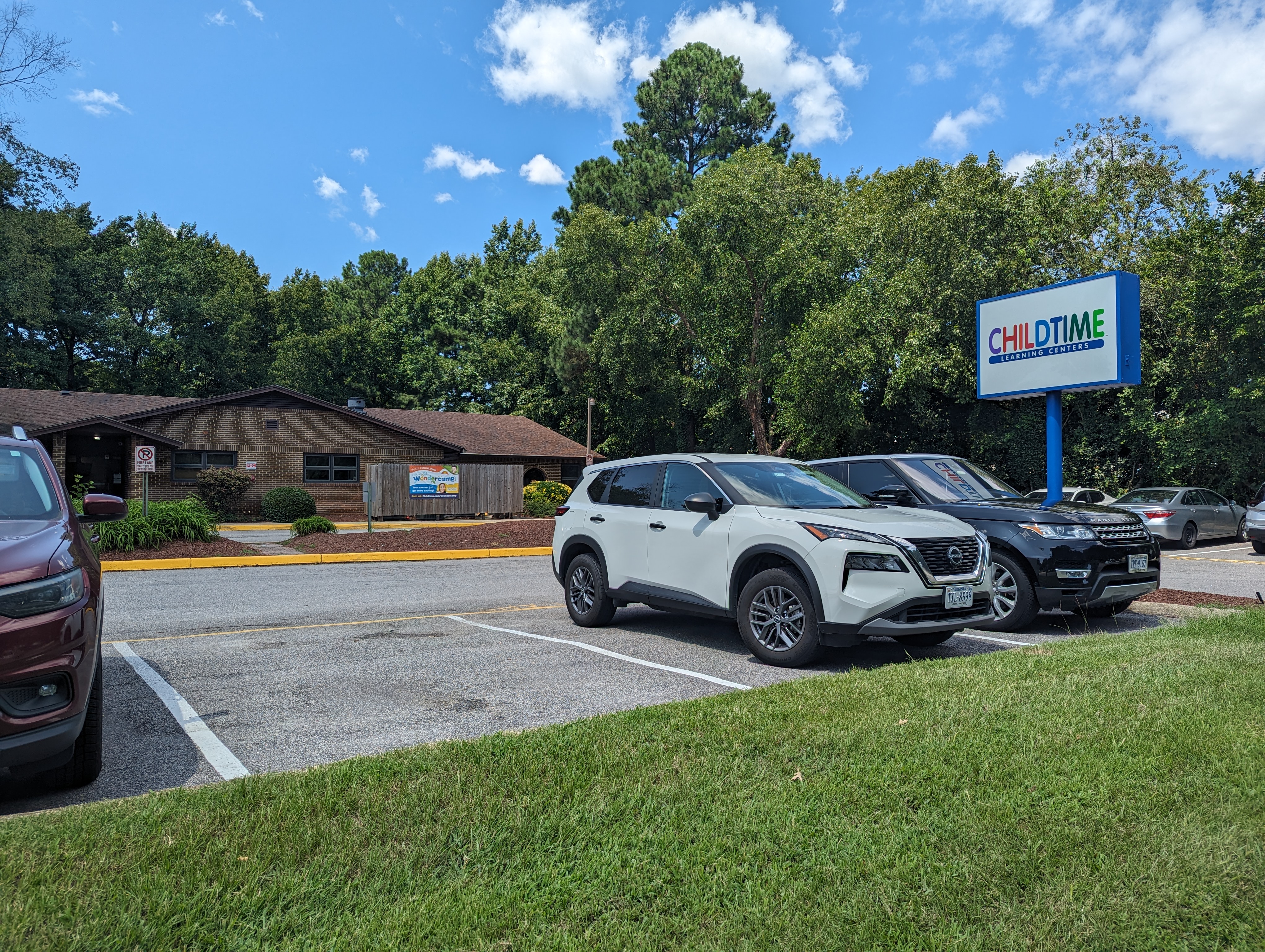NORFOLK, Va. (WAVY) — Now is not the time for panic-buying food, according to ODU Adjunct Professor of Marketing Terri Kirchner.
“The U.S. is not going to run out of food,” Kirchner said.
Kirchner says once suppliers fully adapt to changing buying patterns during the COVID-19 pandemic, the food supply will work its way back to normal.
“People are eating at home and buying more groceries. That whole supply chain has to shift, and that’s not an easy thing to do,” she said.
The head of Tyson Foods said in a newspaper ad that the food supply chain is breaking. Kirchner says producers need to be able to reroute food that might have originally been bound for restaurants, schools and other institutions. Not being able to has led to milk dumping and farmers plowing under crops.
“That is really heart-breaking because U.S. farmers see their mission as feeding the world,” Kirchner said.
Kirchner says the pandemic is forcing at least a short-term change in how food is supplied, but also some lasting change in the way we buy our food.
“[Consumers] may eat at home more. They may have adjusted and gotten used to different kinds of foods,” he said.
And you may see more farmers’ markets and the re-purposing of businesses that are already in the food business, where restaurants have set apart a market section to sell unprepared food directly to customers.
The latest good news came last week when Congress approved $19 billion to help the food supply chain run more smoothly during the outbreak.
The new program will coordinate the American Farm Bureau Federation and Feeding America, a nationwide network of food banks. It’s aiming to give low-income people more food — and give farmers another major outlet for their meats and produce.




